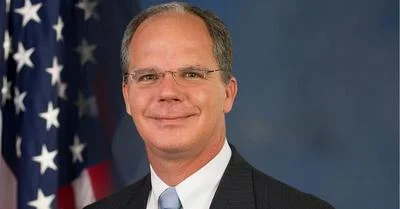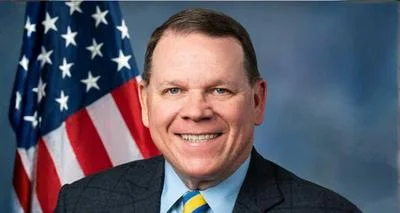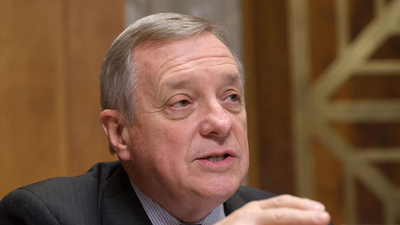Republicans have returned to a familiar foil - again resurrecting their attack on health reform with several of the bills before us today.
Overall, the legislation presents two fundamental questions: How will the Majority offset the costs? And second: Are these bills the best use of scarce federal dollars in a time of fiscal austerity?
I am deeply concerned that these bills cost nearly $42 billion. It is simply unacceptable for the Majority not to pay for them. It is equally unacceptable that they have not told us how they plan to pay for these bills if they intend to do so.
I also am troubled that the Committee is considering these four bills before we focus on fixing the pending nearly 27 percent cut to Medicare physician payments. The “doc fix" would cost about $20-25 billion for a one-year fix, which is much less - for a much more pressing issue - than the nearly $42 billion before us today.
The Republicans continue their attempt to repeal health care reform without a replacement. If their solution is expanded access to Flexible Spending Accounts and Health Savings Accounts, then it falls far short of the needs of American families. Neither Flexible Spending Accounts nor Health Savings Accounts provide comprehensive health coverage to participants. They are not real solutions to the problems facing our health care system. In contrast, the Affordable Care Act will expand comprehensive health coverage to over 30 million Americans and will guarantee access to affordable, comprehensive coverage for the tens of millions of Americans who currently have no health coverage.
One of the bills before us today helped ensure that health reform was fully paid for and will not add to the deficit. The repeal of the medical device excise tax will cost almost $30 billion - making up the majority of the cost before us today. The medical device industry is quite profitable and stands to gain millions of new customers through health reform. In 2009, the industry stood with President Obama at the White House and pledged “to doing our part to make reform a reality." Along with other industry trade associations, they committed to working to find $2 trillion in health care savings. The medical device excise tax is the industry’s contribution to health reform, just as all the other health sectors contributed in recognition of the fact that they stood to benefit from the 30 million new customers.
Some have charged that the excise tax will encourage device manufacturers to ship job overseas. This is not true. Devices made in the United States and exported for use abroad will not be subject to the excise tax. Similarly, devices made abroad and imported for use in the United States will be subject to the excise tax. All devices used in the United States will be subject to the excise tax even if they are made abroad.








